BARCELONA, Spain – There have been fewer street-legal Porsche models with at least 700 horsepower than you’ll find cylinders in a 911. The list includes the 911 GT2 RS (700), the Taycan Turbo S (750), the 918 Spyder (887) and … that’s it. Until now, that is. Welcome to the club, Cayenne.
Porsche rejigged the Cayenne range for 2024. It made comprehensive updates inside and out, it axed the Turbo S E-Hybrid model, and it released a new trim called Turbo E-Hybrid that’s powered by a 729-horsepower gasoline-electric hybrid drivetrain built around a twin-turbocharged 4.0-liter V8. Further down in the hierarchy, there’s a new S E-Hybrid model that uses the same hybrid guts as the Turbo.
Those well-versed in Porsche-speak will know Turbo cars (no S) have historically been positioned a notch below the Turbo S models. On paper, then, it looks like a downgrade. However, the new Turbo E-Hybrid offers more power (it’s the most powerful Cayenne to date) and quicker acceleration than both the outgoing, non-hybrid Turbo and the newly-retired Turbo S E-Hybrid. Let’s crunch numbers.
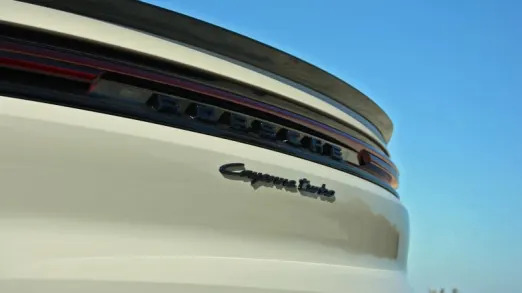
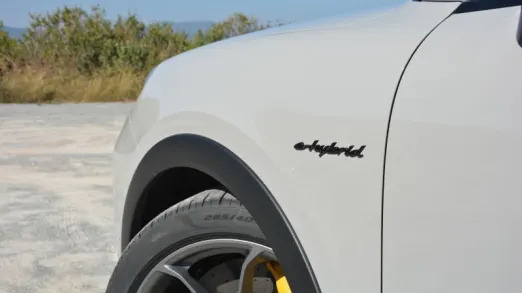
Power comes from an evolution of the familiar 4.0-liter V8 that’s twin-turbocharged to 591 horsepower and 590 pound-feet of torque. Compared to the eight-cylinder in the previous Turbo, the revised engine features single-scroll turbochargers and a 350-bar fuel injection system to deliver better fuel economy. Compared to the outgoing Turbo S E-Hybrid, there’s a new electric motor integrated into the eight-speed automatic transmission that’s linked to a larger, 25.9-kilowatt-hour lithium-ion battery pack, and Porsche added an 11-kilowatt charger. The updates made to the hybrid part of the drivetrain amount to more electric range and faster charging.
The system’s total output checks in at 729 horsepower and 700 pound-feet of torque, enough to unlock a 3.5-second sprint from zero-to-60 mph and a top speed of 183 mph. For context, the old Turbo was rated at 541 horsepower and 567 pound-feet of torque, while the now-retired Turbo S E-Hybrid posted figures of 670 and 663, respectively. Cast in this light, the S emblem missing from the hatch becomes a moot point.
Will some form of Turbo S come back? Porsche wouldn’t tell me, so your guess is as good as mine.
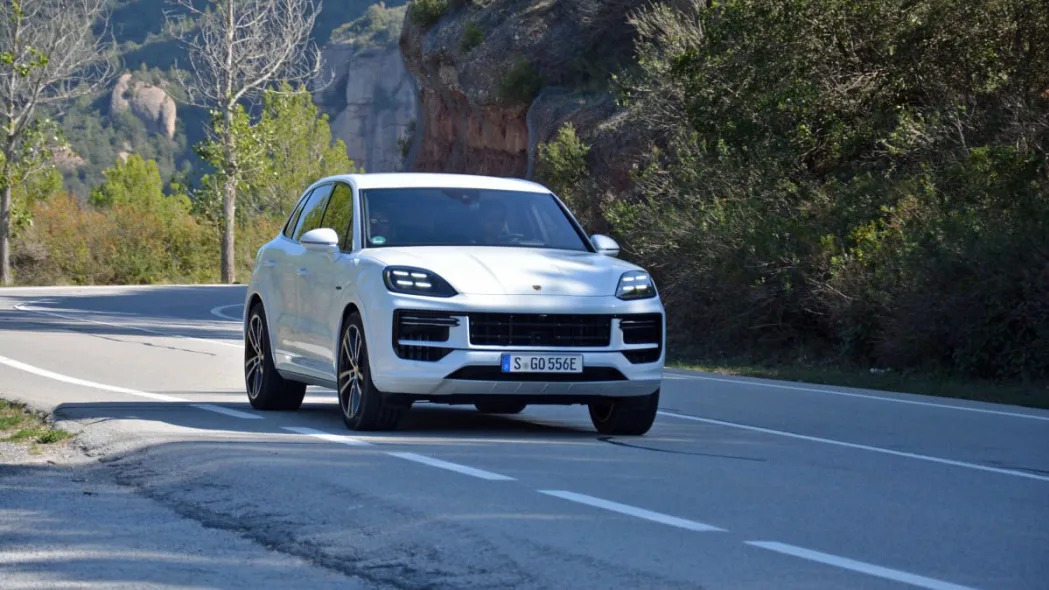
Porsche also fitted an electric brake booster, its Torque Vectoring Plus (PTV) system and an adaptive air suspension system with two-valve technology to increase the range of both comfort and performance. None of this is immediately visible, so if you want to tell the Turbo E-Hybrid from any of the other Cayenne variants, keep an eye out for bigger air intakes added to the front bumper, specific exhaust outlets, and 21-inch wheels. Both the standard Cayenne and the Coupe version are eligible to receive the Turbo E-Hybrid treatment, too.
In some markets, including Europe, buyers will find a GT Package on the list of options. It includes wider wheels, a specific suspension system, and carbon ceramic brakes, among other performance-oriented features. This package will not be offered in the United States for a very good reason: We have the Turbo GT. This non-electrified, enthusiast-friendly super-SUV is no longer available in numerous countries (including Germany, ironically) due to emissions regulations, so the GT Package is a consolation prize.
Carmakers are increasingly dividing hybrid technology into two categories: systems developed for maximum efficiency and systems developed for maximum performance. The efficiency team pledges allegiance to pioneers like the original Toyota Prius; the performance team idolizes models like the limited-edition 918 Spyder. Push the “start” button on the left side of the steering wheel, flick the little razor-shaped gear selector into “Drive” (this switch is one of the changes Porsche made to every Cayenne for 2024), and you might think the Turbo’s views are aligned with the Prius. It glides around town while running exclusively on battery power, delivering the type of smooth, silent, and completely sterile driving experience you find in many mid-range electric cars. It’s not sluggish, but it’s not Turbo-quick, either.
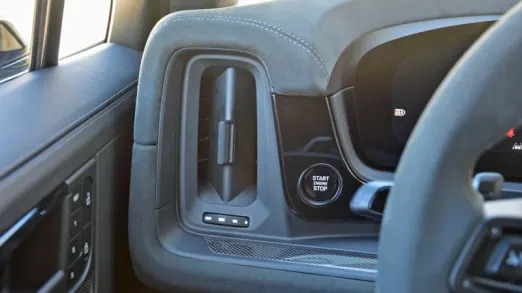

While an official range figure isn’t available as of writing, Porsche claims that the Turbo can run on electric power for much longer than the previous E-Hybrids (even at freeway speeds) thanks to the new battery, which is a nice benefit for buyers planning on using their SUV to commute. Instead of waiting for the range gauge in front of me to display a zero, however, I turn the drive mode dial located on the right side of the steering wheel to select the Sport driving profile and awaken the V8 from a long nap.
Every time I drive a higher-end Cayenne, I’m surprised at how such a big, heavy car can move so quickly. It almost defies physics. Giving the Turbo model a spot at the 700-plus-horsepower table reinforces the impression that Newton would be a bit puzzled if he sat in the back seat: this roughly 5,700-pound SUV is a full half-second quicker from zero to 60 mph than a 911 Carrera. The hybrid system plays a big role in unlocking the type of acceleration we expected from a supercar a decade ago. The twin-turbo setup needs time to spool to full boost, so the engine doesn’t deliver its peak torque output until 2,400 rpm. The electric motor eliminates the slight lag you’d feel below 2,400 rpm by blasting the driveline with instant torque. Put another way, getting to 60 mph from a stop feels quick and linear in equal measures.
On the highway, the Cayenne Turbo is right in its element. It’s content to cruise along at whatever speed you ask of it as driving aids like adaptive cruise control and the lane departure warning system beep and buzz if they detect something worth beeping and buzzing about. It’s smooth, comfortable, and easy to drive.
“It doesn’t feel like you’re doing 80 mph,” my co-driver points out after about 10 minutes. She’s right … but how does she know our speed? “It’s right there on the screen!” Wait a minute. What screen?


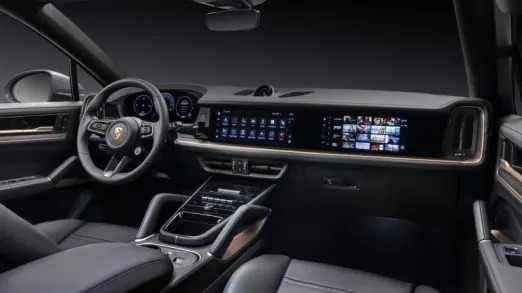
Another one of the interior updates Porsche made to the Cayenne for the 2024 model year is an optional 10.9-inch display embedded into the dashboard directly ahead of the front passenger – something first seen in the Taycan. It’s so well integrated that I had no idea it was there until my co-driver told me. From the driver’s seat, you can’t tell that there’s a screen in that spot, let alone that it’s on. It’s debatably useful but pretty cool.
The winding, uphill highway takes our convoy to the Parcmotor Castellolí track on the outskirts of Barcelona, Spain. It’s a roughly 2.6-mile-long circuit with two long straights where you can drive flat-out and numerous elevation changes that require using the braking system’s full power. I know we’ve got the power, and the 16.5-inch (!) front rotors suggest we’ve got the brakes as well. These are the standard steel brakes; the list of options will include the Porsche Carbon Ceramic Brakes (PCCB), though a spokesperson for the company told me the system likely won’t be offered at launch due to supply issues.
One final question remains: is the chassis up to the task? Like the Cayennes that came before, the answer is yes.
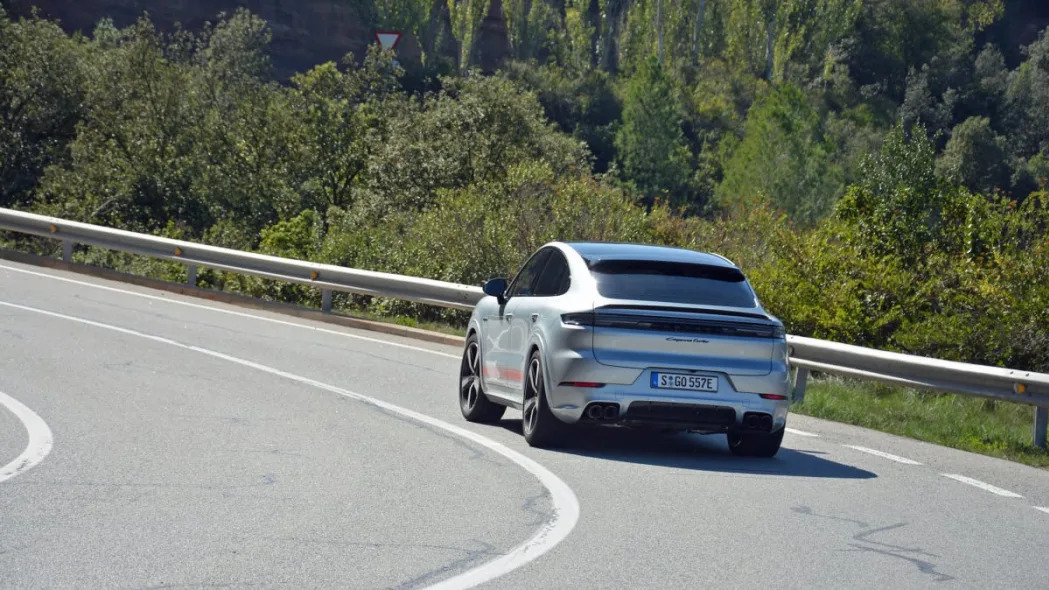
With the driving mode selector turned to Sport Plus, the Turbo E-Hybrid races out of the pits toward the first corner. The lead car, a yellow 911 Turbo S, sets a pace that initially doesn’t feel very SUV-friendly but ends up being spot on. You never forget the mass you’re lugging around – the new Turbo weighs more than a 718 Boxster and a Mazda MX-5 Miata combined – but the chassis tuning and features like Torque Vectoring Plus allow you to metaphorically drive around it. Turn after turn, the Turbo E-Hybrid makes a strong case for the existence of a high-riding Porsche: it’s more of a super-SUV in the vein of the Aston Martin DBX 707 than a hot-rodded family hauler. The air suspension largely keeps body roll at bay while the quick, well-weighted steering makes it easy to place the front wheels exactly where you want them.
The $1,280 rear-wheel steering system further improved my test car’s ability to tackle tight bends at high speeds. The system also works wonders on winding roads, on the highway by improving stability, and around town by reducing the turning radius. It’s an option worth paying for.
On the way back to Barcelona in rush-hour traffic, I’m reminded in no uncertain terms that I’m driving a hybrid. When you step on the brake pedal, the Cayenne balances the motor’s regeneration function and the hydraulic brakes in whatever way makes the most sense to its electronic brain. It’s smooth 95% of the time, but you sometimes feel a slight “clunk” when coming to a full stop. This is more of a quirk than a flaw, and Denis Rancak – the manager of powertrain for the Cayenne line – told me it’s normal, but it’s an eccentricity you wouldn’t feel in non-hybrid Cayennes.
Much of my drive time was spent in the Turbo E-Hybrid, but I did get a chance to sample the also-new Cayenne S E-Hybrid (pictured above), the S indicating its mid-point placement in the lineup between the standard Cayenne E-Hybrid and the Turbo E-Hybrid. All of them use the same electric motor and battery pack, so it’s up to the engine to provide the difference. In the case of the S, that means a more powerful version of the base E-Hybrid’s 3.0-liter turbocharged V6 good for 48 more horsepower and 59 lb-ft of torque. Total system output lands at 512 horsepower and 553 pound-feet of torque, which is enough for a zero-to-60-mph time of 4.4 seconds. The standard E-Hybrid is good for 463 hp and hits 60 in 4.6 seconds.
In electric mode, the S E-Hybrid delivers the same driving experience as the Turbo E-Hybrid; you can’t tell the two apart. It becomes more animated once the V6 wakes up, but it doesn’t bring the backdrop to life the way you’d expect a 500-plus-horsepower SUV to. That’s not to say that it’s slow, it’s quicker than a hot hatch, but it doesn’t feel as lively as its specifications sheet suggests. It inspires you to punch it when you merge onto the highway to zip directly into the left lane, not to take the long, twisty way home from the office. From the way the exhaust sounds to the way it behaves around a corner, it feels closer to the comfort side of the spectrum than its V8-powered sibling, though it’s not all the way over.
And speaking of comfort, both feature the same agreeable interior layout, which Porsche made significant updates to for 2024. You expectedly get more with the Turbo: The list of standard features includes heated and 18-way power-adjustable adaptive front sport seats, ambient lighting, a Bose surround-sound system, and a GT Sports steering wheel. They’re on equal technology footing, however, meaning the driver faces a 12.6-inch curved instrument cluster that doesn’t have a visor, a “start” button located on the left side of the steering wheel, and a small, razor-like gear selector positioned to the left of the 12.3-inch touchscreen that displays the infotainment system.
From both an equipment and driving experience perspective, the S E-Hybrid is positioned as the more sensible choice in the E-Hybrid range, not as the enthusiast’s choice. It’s for those who find the regular E-Hybrid too stale and the Turbo E-Hybrid too spicy. Or too expensive. On sale now, the Cayenne S E-Hybrid and the Cayenne S E-Hybrid Coupe cost $100,750 and $105,650, respectively, including a $1,650 destination charge. Selecting the Turbo E-Hybrid model bumps those figures to $148,550 and $153,050. Deliveries are scheduled to start in spring 2024.
By catching the ball set rolling by the 918 Spyder a decade ago, the new 2024 Cayenne Turbo E-Hybrid leverages gasoline-electric technology to boost its performance numbers, not merely to jack up its EPA-rated fuel economy figures. That it lands as the fourth street-legal Porsche model to cross the 700-horsepower threshold speaks volumes about what engineers had in mind during the development process, and it bodes well for future additions to the brand’s range (keep in mind the Panamera is due for an update). As for the new S, it gives hybrid-minded buyers the mid-range option that’s been missing until now.
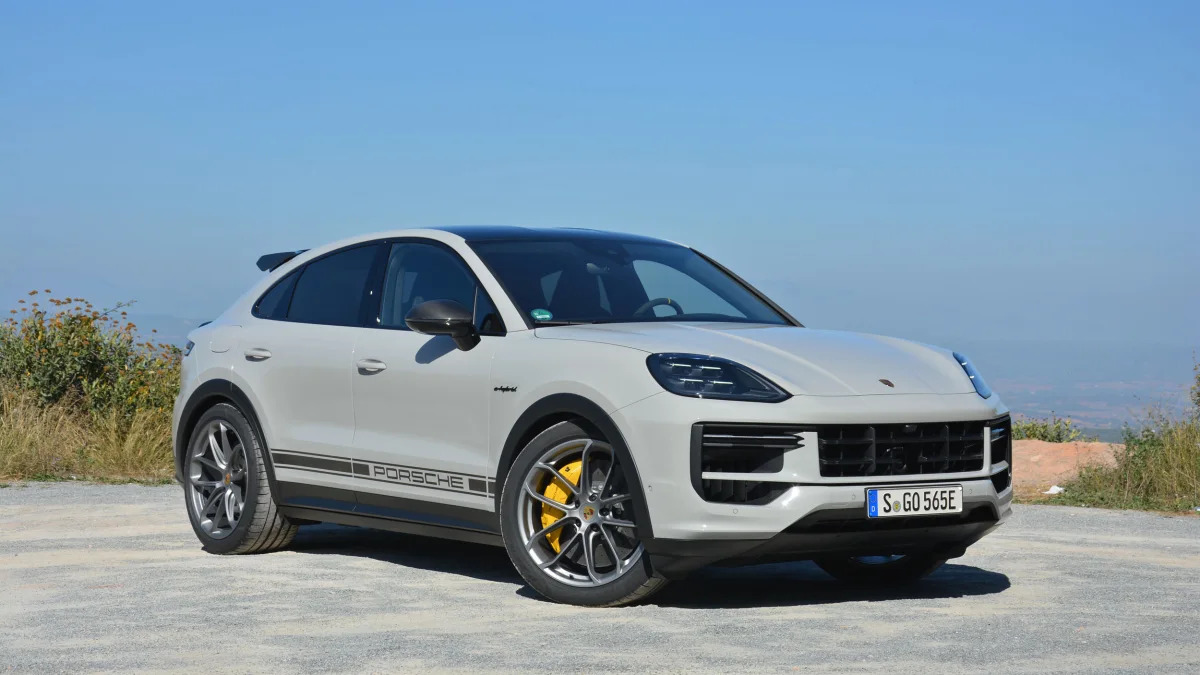

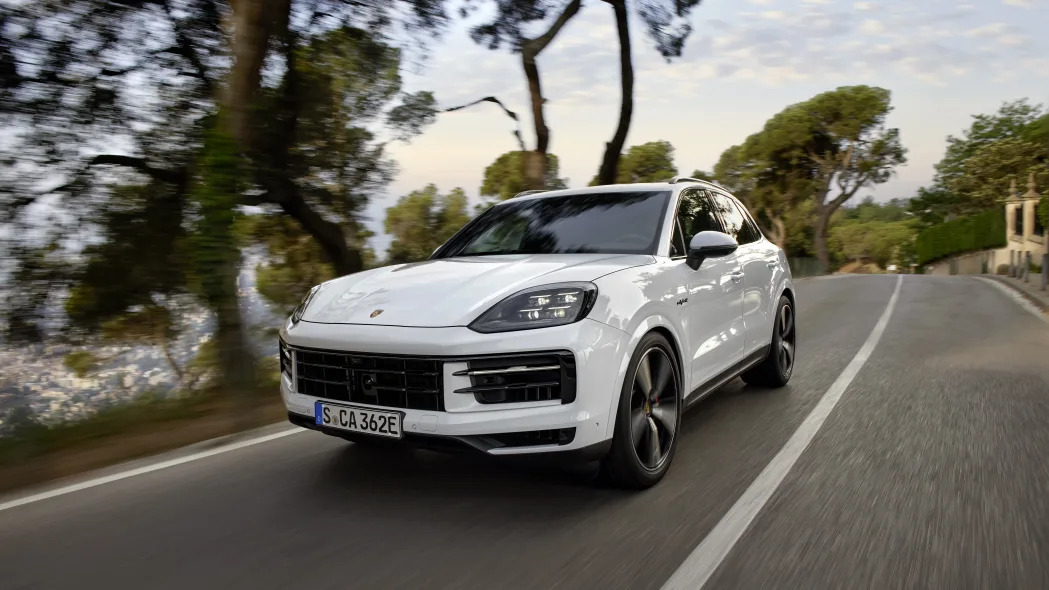








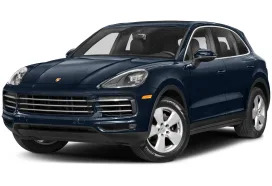
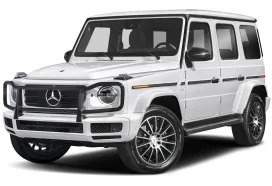
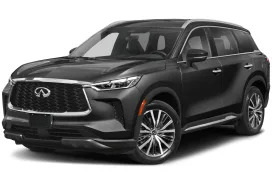

Sign in to post
Please sign in to leave a comment.
Continue